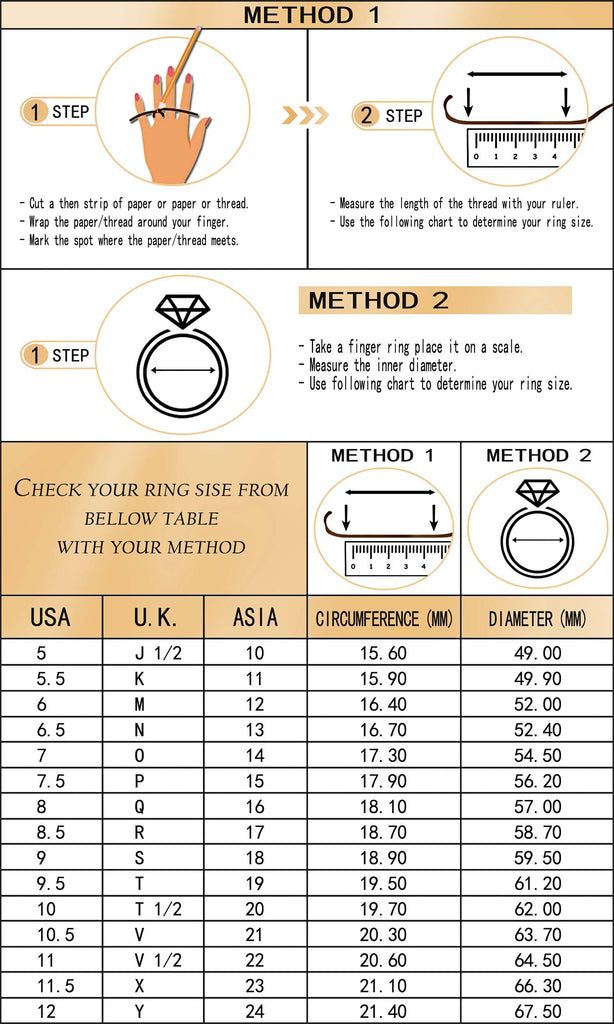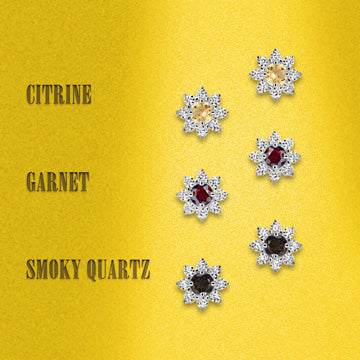Black Orlov Diamond "Eye of Brahma"
The Black Orlov is a black diamond, also known as the Eye of Brahma Diamond. It weighs 67.50 carats (13.500 g). The diamond—originally 195 carats (39.0 g)—is said to have been discovered in the early 19th century in India.
It supposedly featured as one of the eyes in a statue of the Hindu god Brahma in Pondicherry, until it was stolen by a Jesuit cleric. According to legend, this theft caused the diamond to be cursed.

The Curse of the Black Orlov Diamond
Was the Black Orlov ever cursed? Like most diamond mysteries, the history of the seventh-largest black diamond ever recovered resembles a typical Hollywood thriller: a story full of twists and turns, larger-than-life characters, conspiracies, gray areas, and little white lies. With all its mystique, the legendary gem will never cease to attract and intrigue.
19th century. It is believed that the diamond, which was 195 carats at the time, was stolen from a Brahma temple in Pondicherry. According to the tale, this was an eye of the statue of Lord Brahma. Legend has it that one day a Jesuit clergyman stole it and shipped it abroad. Now people see it as a cursed diamond.
Whilst many are sceptical about the existence of such a curse and its beginnings are thought to be little more than folklore, the journey of the diamond from here is still an interesting one that is shrouded in mystery, drama and death.

In 1932, a diamond merchant named J. W. Paris took the diamond to the United States: he jumped out of a school building in New York City and committed suicide soon afterward.becoming what some say to be the first known victim of the diamond's curse.
It is rumoured that J.W. Paris had been suffering from extreme anxiety due to business worries and that two letters were found in his possession at the time of his death; one addressed to his wife and the other to a fellow jeweller, but no details regarding the content of these were ever made public.
Later owners of the diamond included two Russian princesses, Leonila Galitsine-Bariatinsky and Nadia Vygin-Orlov (after whom the diamond is named). Both women allegedly jumped to their deaths in the 1940s.
The diamond was later bought by Charles F. Winson, and cut into three pieces in an attempt to break the curse; the 67.5-carat Black Orlov was set into a brooch of 108 diamonds, suspended from a necklace of 124 diamonds.

Thankfully, or maybe suspiciously, no violent death has been attached to the Black Orlov since the princesses. In fact, Dennis Petimezas, who owned the diamond from 2004 until 2006, has stated that he had “never felt nervous about owning the Black Orlov.”
The Black Orlov has been displayed at the American Museum of Natural History in New York City and the Natural History Museum in London.


